
Following inferences that could be challenged by the slightest bit of contradictory evidence, Ernest L. Wiggins of the USC School of Journalism and Mass Communications has come to STRONGLY believe in the existence of a natural phenomenon that prevents reply e-mails from escaping their senders.
"I've been collecting evidence for the past 15 years or so in a university setting and have documented the most 'vulnerable' reply messages originate in student accounts," said Wiggins, a former journalist and recovering e-mail junkie.
He said the interrupted replies most likely read "Thank you for that concise and timely response to my urgent query" or "That time suits me and I'll be there to meet with you about my late assignment."
"I've also seen evidence that some original e-mails from student accounts have been nibbled on because they lack salutations like 'Hello' or 'Dear Professor Wiggins.' Rather, they just state 'I wasn't in class last time what did I miss'."
In recent years, Wiggins said, he has noticed the phenomenon spreading beyond university exchanges to devour even brief courtesy responses in general business and friendly communication.
"'Thanks,' 'You're Welcome,' and 'See You Then' are disappearing like Skittles from a child's hand. My research STRONGLY suggests that once the black hole starts in it's best to try other modes of communication ~ phoning or going to your correspondent's desk," Wiggins said.
He said early evidence indicates, ironically, that newspaper, magazine and journal editors are particularly prone to black hole infestation. "Few if any reply messages regarding jobs or internships seem to be getting out," he said.
All of this "evidence" has led Wiggins to believe that the reply message black hole is intelligent life come to earth (kinda like Keanu Reeves) to keep humans from destroying themselves through their foolish dependence on a deceptive technology that appears to enhance the quality of life but actually makes humans less communicative.
"In hopes of getting the communication angel / reply e-mail black hole to back off, I'm urging everyone to write more cards and letters and phone this year," he said.
Wiggins said he's submitted via e-mail a full-blown paper detailing his research to the editors of a prestigious journal with a circulation of 150 but has yet to hear back from them.






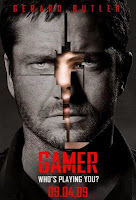


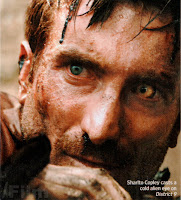
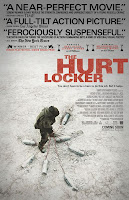













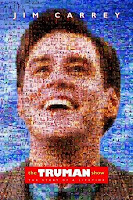
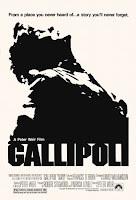












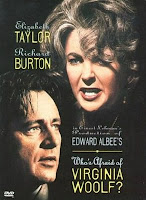








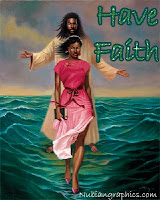



.jpg)
